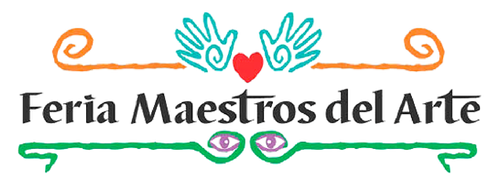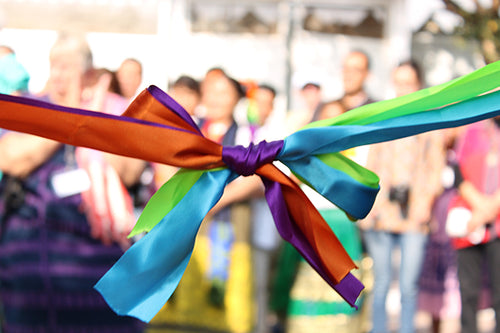
Isabel Mendoza, Guadalajara, Jalisco
The land called Mexico has many moods and faces. Without a doubt, Mexico is steeped in ancient Indian lore, seasoned with Spanish colonial customs. The array of folk art and crafts in Mexico is simply mind-boggling. Each region of Mexico has its own specialty, with villagers maintaining the traditions handed down from countless generations.
One traditional art form is straw art (painting with straw) developed by Isabel Mendoza's grandfather. Like her grandfather, Isabel takes ordinary wild straw, colors it, and then creates typical scenes of the Mexico peasants, campesinos, in their villages or in the countryside.
As with many art forms, patience is the most desirable attribute for a master of straw but Isabel says she enjoys all the parts that go together toward making the final art piece. She purchases the wild straw that grows in the mountains of Jalisco from men who have hiked into the mountains to collect it. Selecting the right size and
thickness is crucial to the final outcome of the cuadra (painting).
The leaves, dirt, and thorns are then removed and the straw is put into an acid bath to allow dye absorption.
Next, the straw must be dyed with insect or vegetable dyes. Dyes are made from the natural-found substances shown below. Pulverized and mixed with water, each becomes a unique color used in straw art.
DYES USED in STRAW ART
Beige - Canyaigre dock root
Blue - Lupin flower
Brown- Gambel oak bark
Green - Sargo brush
Orange - Yellow onion skin
Olive Green - Red onion skin
Pink - Sumac Berries
Red/Orange - Alder bark
Tan - Rabbit brush
White - Cactus flower
Yellow - Small snake weed
Red - Chinchilla insect
Next, the design is sketched on
paper or cardboard. The beeswax is purified by boiling and straining it to eliminate impure particles and then a thin coat is lightly spread over the design.
Then the straw is gently placed on the wax piece by tiny piece and cut with a tool similar to an Exacto blade. The straw crisscrosses in several directions which provides texture and detail to the painting. Crisscrossing prevents the straw from tumbling off if the beeswax should dry. One square inch has approximately one to five hundred pieces of straw.
Andres Quintana Roo 1674
Col. Guadalupana
Guadalajara, Jalisco
331 195 0009 WhatsApp
mendoza.isabel72@yahoo.com.mx

